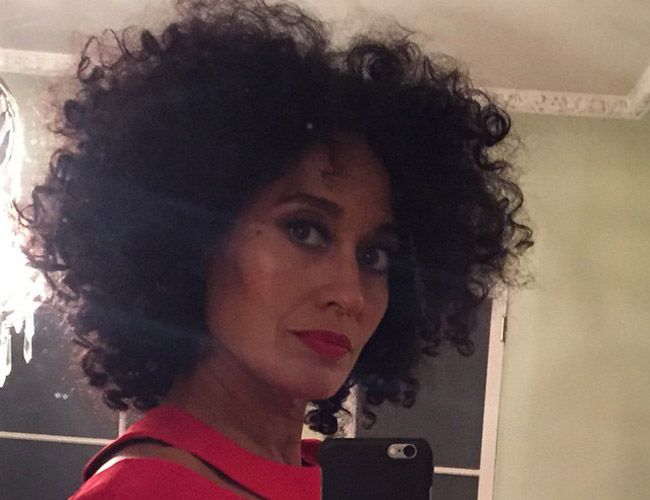
“Tracee Ellis Ross is Big on Big Hair”
That was the headline of the one-page interview about Ross in the Sunday, Jan. 25th issue of the New York Times Magazine section. It would be one thing if it was an interview about style or fashion. But this was supposed to be an interview about Ross and her role on “Black-ish” (her new hit show on ABC”>, her social media presence and her childhood as a daughter of the legendary singer Diana Ross. How many interviews have you read lately with Meryl Streep or Reese Witherspoon where their hair has become the main topic of conversation? “Tell me how your long blonde locks have shaped you as an actress.” “Do you feel like your new bob will limit the number of good roles you’re offered?” With curly/coily girls, our hair always takes center stage.
A sampling of questions in the Ross article included:
Q: You seem very comfortable wearing your hair natural on TV. Is that a new phenomenon for someone who has been in the business for a while, doing both film and TV?
Q: It feels like a very transformative moment for television, to have Viola Davis in “How to Get Away with Murder” removing her wig in one scene, Olivia Pope going natural in “Scandal” in another, and even in movies, like “Beyond the Lights.”
Q: There is a very deep, deep, deep Internet rabbit hole you can go down for natural hair routines and regimens and styles. It’s so incredible.
At one point, Ross says: “Oh, my God, our entire conversation has been about hair, this is hilarious.” Don’t get me wrong. I think Ross has been a very positive, vocal role model when it comes to embracing one’s natural hair texture. She shared the impact of social media to change perceptions of beauty and to help women feel more comfortable about their natural texture. My favorite comment came at the end of the interview, when she talked about the issue of hair not being an ethnic issue. “I don’t think that this is necessarily a mixed-girl or a black-girl conversation. I think it’s a curly-girl conversation.”
